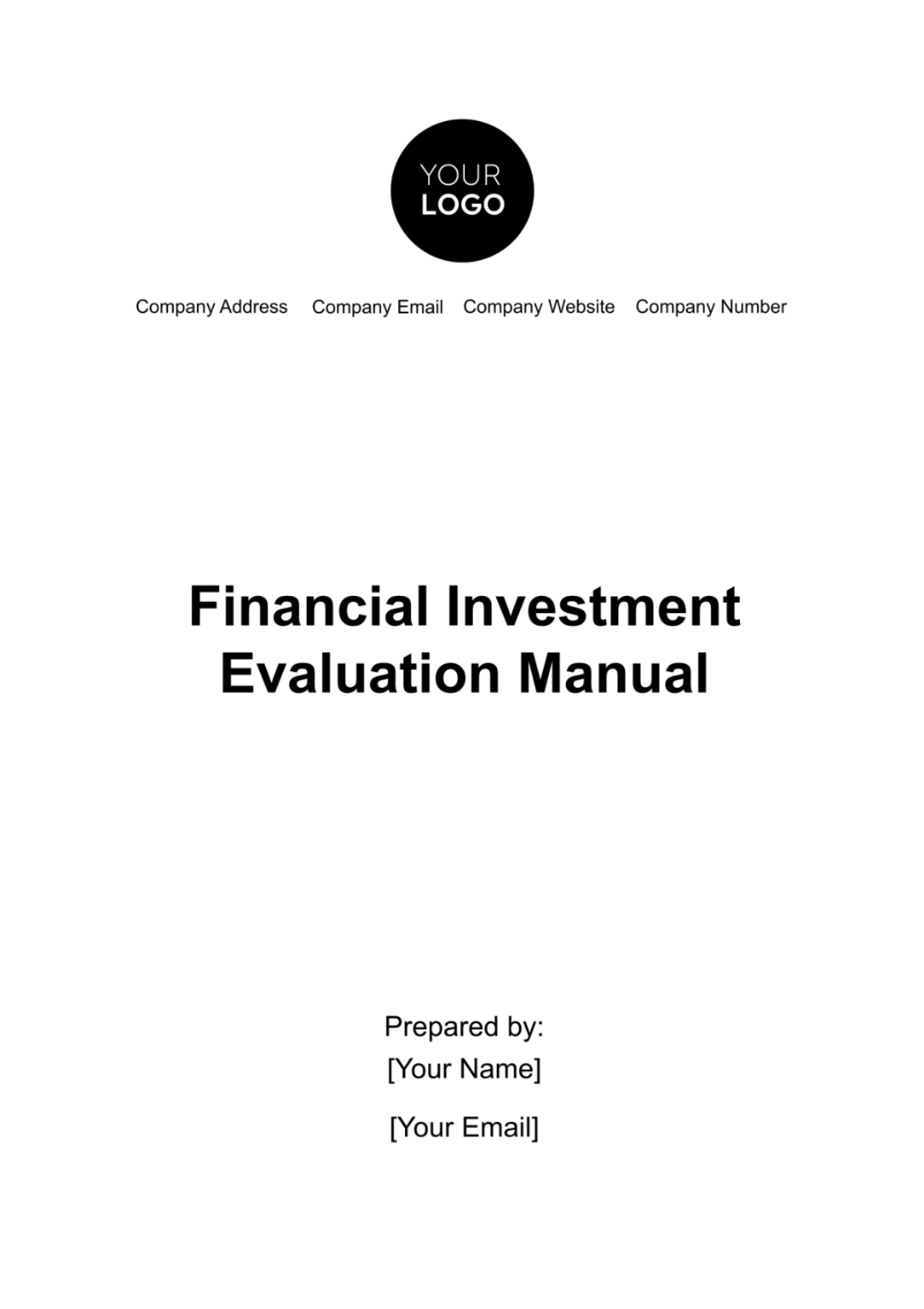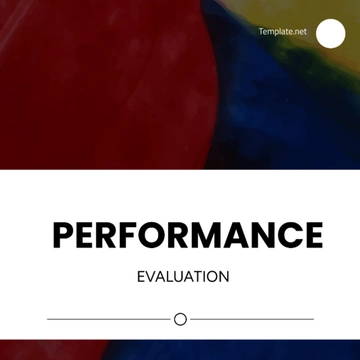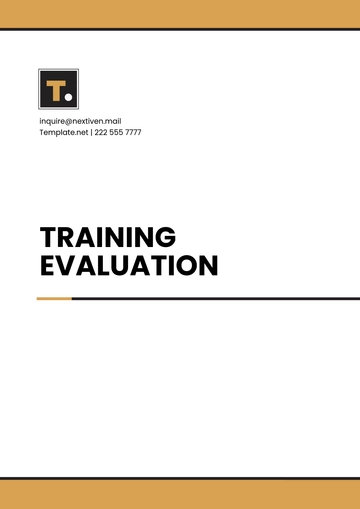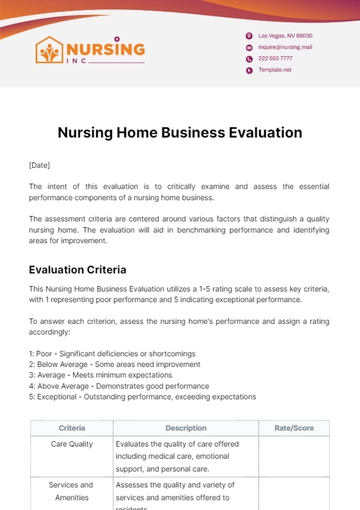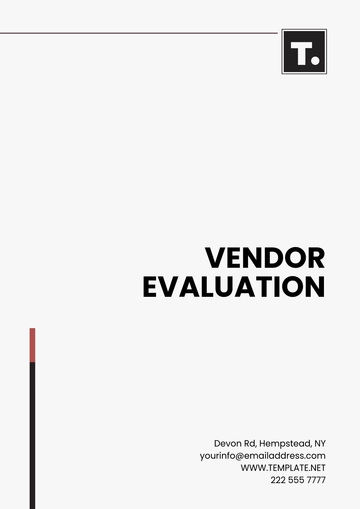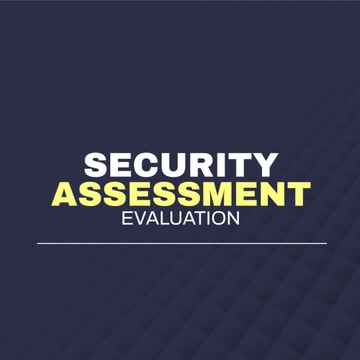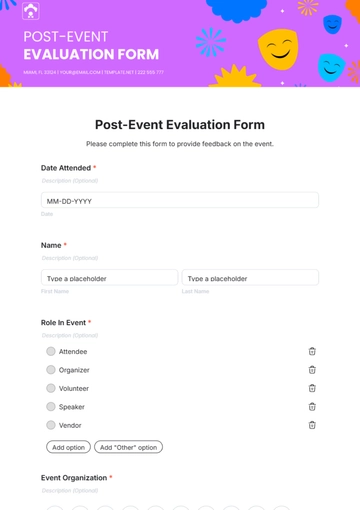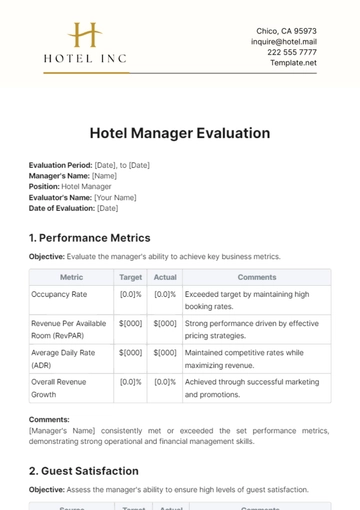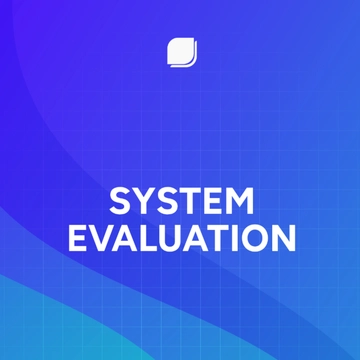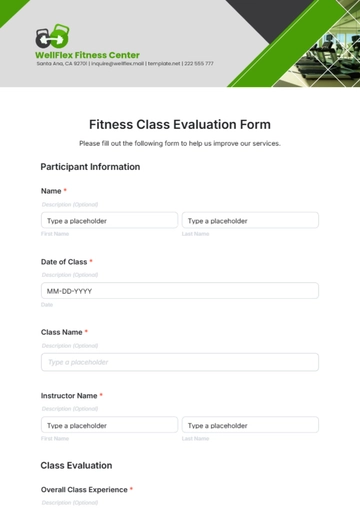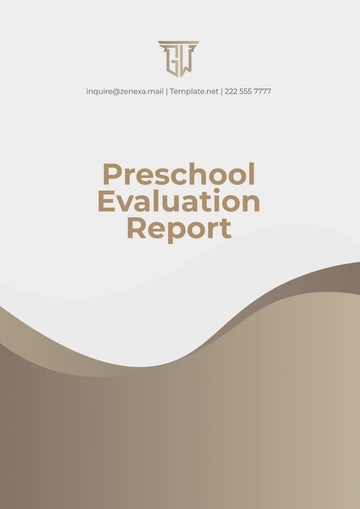Financial Investment Evaluation Manual
Table of Contents
Introduction and Objectives
Standardize Evaluation Processes
Compliance Adherence
Risk Management
Maximize Investment Returns
Promote Transparency
1. Introduction and Objectives
Welcome to the Financial Investment Evaluation Manual, an essential tool designed for finance professionals. This manual serves as a comprehensive guide, offering systematic and detailed methodologies for assessing various investment opportunities. Its development is grounded in the best practices of financial analysis and compliance with U.S. regulatory standards, ensuring its relevance and efficacy in today’s dynamic financial landscape.
Objectives
The primary objectives of this manual are to standardize the investment evaluation process across our organization, ensuring consistency and reliability in decision-making. It aims to enhance our ability to identify and mitigate risks, ensure adherence to legal and regulatory requirements, and maximize investment returns. By following the guidelines set forth in this manual, we strive to maintain transparency and accountability in our investment decisions, thereby fostering trust and confidence among our stakeholders.
2. Standardize Evaluation Processes
In the pursuit of consistent and reliable investment evaluations, creating uniformity across evaluation methods is essential. This uniform approach facilitates accurate comparisons between diverse investment opportunities, ensuring that each decision is based on a comprehensive and balanced analysis. By standardizing these methods, we can achieve a more objective and transparent evaluation process, which is crucial in the complex and ever-changing financial market landscape.
Three key steps we need to follow are:
Financial Analysis: Evaluate past performance records and future potential of the investment.
Benchmarking: Assess the investment’s risk and return compared to similar existing investments.
Qualitative Analysis: Evaluate the potential geopolitical and industry-specific issues that may impact the investment.
3. Compliance Adherence
Financial professionals must ensure all evaluations comply with the latest U.S financial laws, SEC regulations, and company policies. This section focuses on three areas of legal and regulatory compliance:
Fraud Detection and Prevention: Routine and spontaneous audits to identify and negate fraudulent financial practices.
Regulatory Compliance: Regularly updated knowledge on changing laws and regulations in the investment sector.
Documentation and Records: Accurate record-keeping and timely reporting as per legal requirements.
4. Risk Management
In the realm of financial investments, risk management is pivotal. This section delves into the strategic approach to identifying, assessing, and mitigating potential risks associated with investment decisions. Effective risk management is crucial to safeguarding assets and optimizing investment performance. Our approach aligns with industry best practices and U.S. regulatory standards, ensuring a robust and compliant risk mitigation framework.
Introduction to Risk Management Steps
The process of risk management in financial investment involves a series of methodical steps. These steps are designed to provide a comprehensive approach to risk identification, evaluation, and control. By adhering to these steps, investors can significantly reduce unforeseen losses and enhance the overall stability of their investment portfolio. Each step plays a critical role in building a resilient investment strategy, aligned with both corporate objectives and regulatory requirements.
Steps in Risk Management
Risk Identification: This initial step involves recognizing potential risks that could impact the investment. These risks could be market-related, credit-related, operational, or legal.
Risk Assessment and Evaluation: Once risks are identified, they are analyzed to understand their potential impact and probability. This assessment helps in prioritizing the risks based on their severity.
Risk Mitigation Strategies: Based on the evaluation, appropriate strategies are developed to mitigate identified risks. This could involve diversifying investments, hedging, insurance, or other risk transfer mechanisms.
Implementation of Risk Mitigation Plans: The selected mitigation strategies are then implemented. This step requires careful planning and execution to ensure effective risk management.
Continuous Monitoring and Review: Risk management is an ongoing process. Regular monitoring of the risk environment and the effectiveness of mitigation strategies is essential. This includes adapting to new risks and changing market conditions.
5. Maximize Investment Returns
In the complex landscape of financial investments, the primary goal is to maximize returns while managing risks. This section outlines a strategic approach focused on informed decision-making, leveraging market research, continuous investment health evaluation, and proactive portfolio management. By adopting these practices, finance professionals can enhance investment performance, adapt to market dynamics, and achieve long-term financial objectives efficiently and effectively.
Step | Description | Key Activities |
|---|
Market Research
| In-depth understanding and analysis of market trends, to predict and capitalize on future investment opportunities. | Analyzing historical market data Monitoring economic indicators Identifying emerging trends
|
Investment Health
| Regular assessment of an investment's performance against pre-defined benchmarks and objectives. | Reviewing financial statements Comparing returns to benchmarks Adjusting strategies as needed
|
Portfolio Management
| Dynamic management of the investment portfolio to adapt to changing market conditions and maintain optimal asset balance. | |
6. Promote Transparency
Transparency in financial investment reporting is fundamental to maintaining accountability and fostering informed decision-making. It involves adhering to high ethical standards and clarity in communication. This section underscores the importance of transparency in every aspect of investment reporting and stakeholder engagement. By committing to transparent practices, we not only comply with regulatory standards but also build trust and credibility with our stakeholders.
Elements to Promote Transparency
Reporting Ethics: Ensuring all reports are honest, accurate, and comprehensive.
Disclosure Practices: Consistent and timely disclosure of relevant investment information.
Stakeholder Communication: Frequent and clear communication with stakeholders about investment progress.
Audit and Oversight: Regular internal and external audits to verify the accuracy and integrity of financial information.
Regulatory Compliance: Strict adherence to all relevant financial reporting laws and guidelines to ensure legal compliance.
Contact Information
For any inquiries, please reach out at [Your Company Email] or call us on [Your Company Number].
Change Control
All changes to this manual shall be recorded in this section. As of now, no changes have been made since its creation on [Month, Day, Year].
Finance Templates @ Template.net
